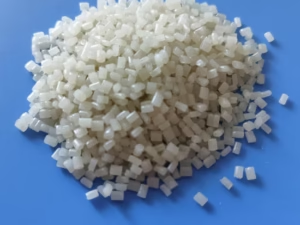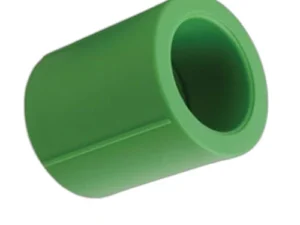Description
Polyacrylate: The Versatile Polymer Shaping Modern Life
Polyacrylate, a family of synthetic polymers derived from acrylic acid and its derivatives, is a quiet workhorse in countless applications. From the absorbent core of diapers to the durable coatings on your car, polyacrylates’ unique properties make them invaluable across diverse industries. This article delves into the world of polyacrylates, exploring their structure, properties, applications, and future directions.
What is Polyacrylate? The Backbone of Versatility
At its core, polyacrylate refers to polymers formed through the polymerization of acrylic acid, methacrylic acid, or their esters and salts. The general chemical formula is [-CH2-CH(COOR)-]n, where R represents hydrogen or an alkyl group. This deceptively simple structure allows for a wide range of modifications, leading to polymers with vastly different properties.
The building blocks, or monomers, are typically acrylates (esters of acrylic acid) or methacrylates (esters of methacrylic acid). By carefully selecting these monomers and controlling the polymerization process, scientists can tailor the resulting polymer’s characteristics such as hydrophilicity, flexibility, and crosslinking density.
A Chameleon of Properties: Tailoring Performance
The real power of polyacrylates lies in their versatility. By tweaking the molecular structure, manufacturers can achieve a wide spectrum of properties:
- Absorbency: Sodium polyacrylate, often found in diapers, is a superabsorbent polymer (SAP) capable of absorbing hundreds of times its weight in water. This remarkable absorbency stems from the hydrophilic nature of the carboxylic acid groups and the polymer’s ability to swell in water.
- Adhesion: Polyacrylates can be formulated to exhibit excellent adhesive properties, making them suitable for pressure-sensitive adhesives used in tapes and labels.
- Film Formation: Certain polyacrylates form tough, flexible films, ideal for coatings, paints, and textile finishes.
- Thickening: Some polyacrylates act as thickeners and rheology modifiers, influencing the flow properties of liquids and creams.
- Water Solubility: The degree of carboxylation impacts water solubility. High levels of carboxylation lend water solubility useful for adhesives and thickeners, whereas hydrophobically modified polyacrylate is used in applications where water resistance is required.
Ubiquitous Applications: Polyacrylate All Around Us
The diverse properties of polyacrylates translate into a wide range of applications, impacting various aspects of our daily lives:
- Hygiene Products: Sodium polyacrylate is the key ingredient in disposable diapers and feminine hygiene products, providing exceptional liquid absorption and comfort.
- Adhesives and Sealants: Polyacrylate-based adhesives are used in pressure-sensitive tapes, labels, and construction adhesives, providing strong and durable bonding.
- Coatings and Paints: Polyacrylate resins contribute to the durability, gloss, and weather resistance of paints and coatings for automobiles, buildings, and furniture.
- Textile Industry: Polyacrylate finishes enhance the water resistance, crease resistance, and durability of fabrics.
- Personal Care Products: Polyacrylates are used as thickeners, emulsifiers, and film formers in creams, lotions, shampoos, and other cosmetic products.
- Agriculture: Superabsorbent polyacrylates can be added to soil to improve water retention, reduce irrigation needs, and promote plant growth.
- Medical Applications: Polyacrylates are used in drug delivery systems, wound dressings, and tissue engineering due to their biocompatibility and controlled release properties.
The Future of Polyacrylates: Sustainability and Innovation
The future of polyacrylates focuses on two key areas: sustainability and innovation.
- Sustainable Alternatives: Research is underway to develop bio-based acrylic acid monomers derived from renewable resources, reducing reliance on petroleum-based feedstocks. Addressing the biodegradability and environmental impact of polyacrylate waste is another crucial area of focus.
- Advanced Applications: Scientists are exploring the use of polyacrylates in advanced applications such as:
- Smart Materials: Polyacrylates that respond to stimuli such as temperature, pH, or light for applications in sensors, actuators, and drug delivery.
- 3D Printing: Utilizing polyacrylates as resins for 3D printing, enabling the creation of complex and customized structures.
- Energy Storage: Developing polyacrylate-based electrolytes for batteries and supercapacitors, improving their performance and safety.
Conclusion: A Polymer with Enduring Relevance
Polyacrylate, despite often being invisible, plays a significant role in modern life. Its remarkable versatility stems from its tunable properties, allowing it to be adapted for a vast array of applications. As research continues to unlock new possibilities and address sustainability concerns, polyacrylate is poised to remain a crucial material shaping the future of numerous industries. From absorbing spills to delivering medication, this unassuming polymer will continue to silently improve our lives.











Reviews
There are no reviews yet.